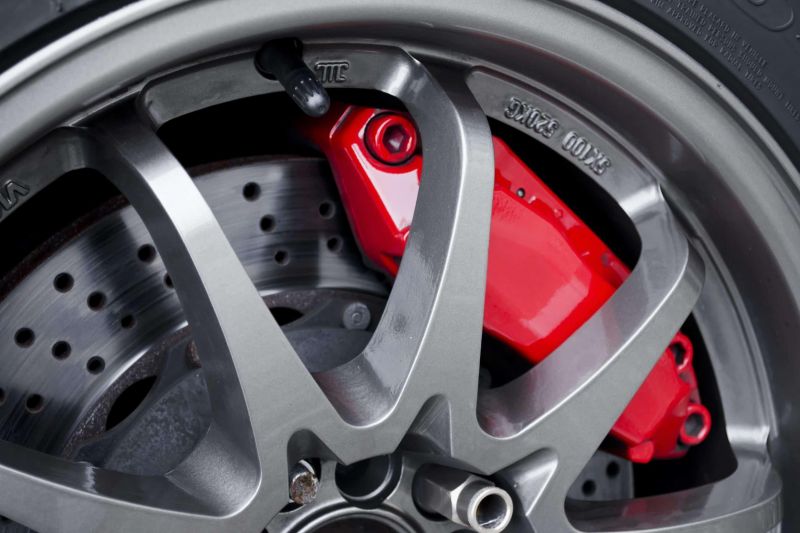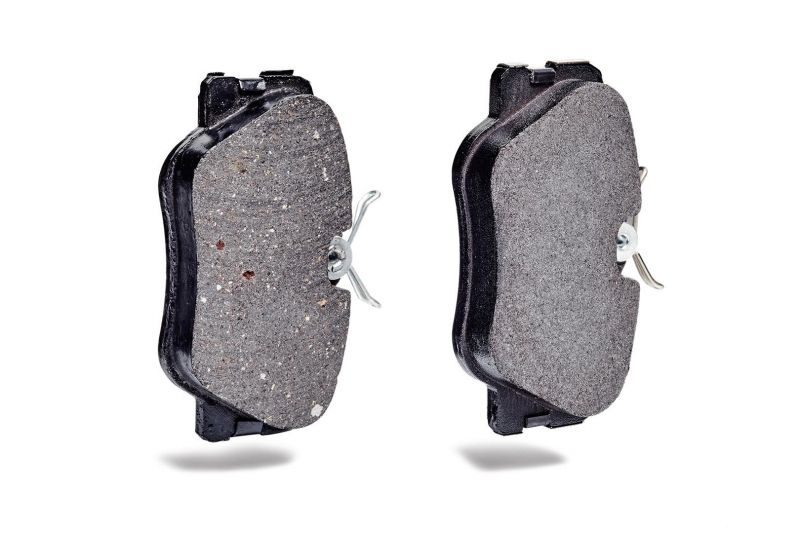Regulators continue to target petrol and diesel engines as a main source of transport emissions, but one of the most crucial pieces of safety equipment may be just as harmful to our lungs.
A recent study by University of Southampton scientists found some modern brake pads may produce more harmful particulate matter than diesel engines, calling on legislative changes for improved public health.
According to the research group, fine particulate matter with a diameter of less than 2.5 microns (or PM2.5), can reach the alveolar regions of the lungs, which has been attributed to about four million premature deaths annually.
Brake wear is one of the many unregulated sources of PM2.5 exposure, with the study focusing on how harmful it is compared to diesel emissions.
Hundreds of new car deals are available through CarExpert right now. Get the experts on your side and score a great deal. Browse now.
As a result of its research, the team found copper‑enriched non‑asbestos organic and ceramic brake pads created wear which caused “the greatest oxidative stress, inflammation, and pseudohypoxic HIF activation”.
According to the research team, the latter is “a pathway implicated in diseases associated with air pollution exposure, including cancer, and pulmonary fibrosis”.
The team also found the PM from brake wear caused by these pads could cause “perturbation of metabolism, and metal homeostasis compared with brake wear PM from low‑ or semi‑metallic pads”.
Importantly, these brake pad types were found to be more likely to perturb cellular homeostasis than diesel exhaust PM.
It’s worth noting however that the research team didn’t note what type of brake disc (or rotor) it used as a baseline for the tests.
In its background notes for the study, the research team detailed why PM from parts such as brake pads isn’t regulated.
“Currently, non-exhaust emissions are largely unregulated by legislation, meaning that there is a lack of established technologies to mitigate their release,” they said.
“They also tend to be more chemically heterogeneous than exhaust emissions, meaning that they may have the potential to elicit different biological effects depending on the source material.
“Together this points to an urgent and unmet need to better understand the source-specific biological effects of non-exhaust emissions, and more specifically – brake wear.”
They also noted that as more electric vehicles (EVs) roll out onto the roads, PM emissions from brakes, tyres and the road itself are likely to increase, due to the increased weight of battery-powered vehicles.
“This trend is predicted to increase over time as there is a shift towards heavier battery electric vehicles, which generate more of these friction-derived, non-exhaust emissions.”
EVs typically rely on their electric motors to assist with braking through regeneration – leading some brands to move back to drum brakes – with advancements in this area expected to continue in the future.






